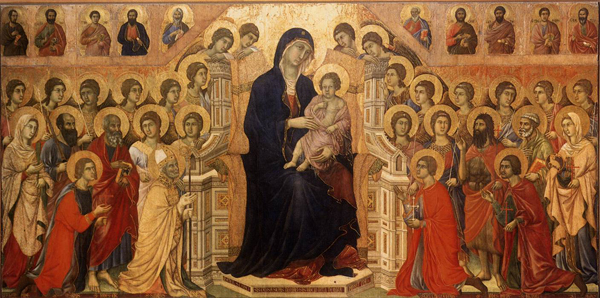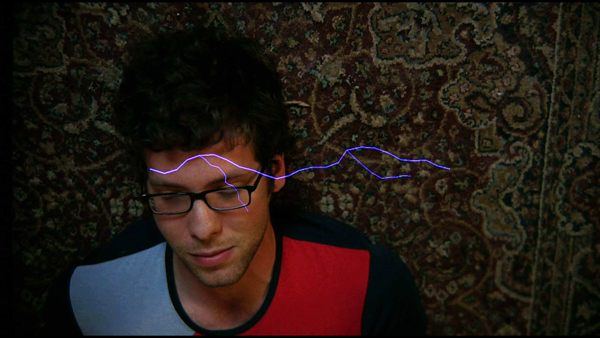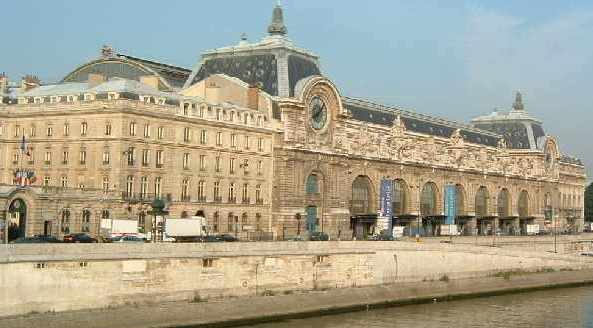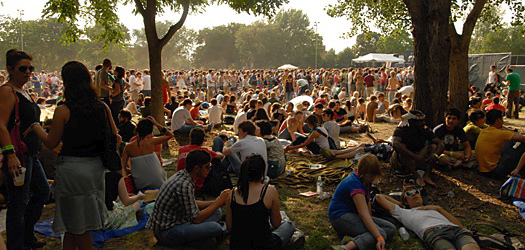
Maestà by Duccio
The origin of Duccio di Buoninsegna is a mystery but what this fiery painter lacks in provenance, he makes up for with his lasting impact on art. In 2004, The Metropolitan Museum of Art made their most expensive purchase ever, 45 million for Duccio’s Madonna on panel. Even during his lifetime, Duccio was the most influential working painter and much how Giotto forever changed the way paintings are rendered in Florence, Duccio did the same in Siena, creating a humanity in painting that harkened back to Byzantine times.
Duccio was first recorded on the Sienese scene in 1278, already working in his destined profession for the Commune of Siena. From then on out, the life of Duccio can be tracked either through court orders or work orders, being fined for numerous political offenses that swung from refusing military service to sorcery. Despite these misgivings, commissions for his work kept pouring in, including his ultimate masterpiece, the Maestà for the High Altar of the Siena Cathedral.

It was during the life of Duccio that art in Siena flourished, rivaling even Florence. After the Battle of Montaperti in 1260, in which Siena crushed Florence in battle for control over the region, the long languishing city (stemming from the Romans not building roads into the city-center) began a personal Renaissance of culture. It was during this time that the Siena Cathedral was finished with not only the High Altarpiece by Duccio, but also the famous Gothic octagonal pulpit by Nicola Pisano and the main façade.
Sites:
- The shell shaped Piazza del Campo, is the beating heart of Siena and twice every summer, turns into a racetrack for the famous Palio horse race. A tradition that extends back to medieval times pitting Sienese neighborhoods against one another.
- The Palazzo Pubblico has been Siena’s City Hall for almost 800 years and houses one of the city’s most prized possessions, the frescos on good and bad government by Ambrogio Lorenzetti as well as frescoes by Simone Martini and Duccio.
- The Siena Cathedral or The Duomo, is one of the most outstanding examples of Romanesque architecture in the world. Attached is the Museo dell’Opera del Duomo, where you’ll find Duccio’s Maestà.
- The Palazzo Salimbeni was built in 1472 and is the world headquarters of Monte dei Paschi di Siena, the world’s first major bank.
- It is not everywhere that one can view both the home where a saint was born and then her severed head. The 14th century mystic St. Catherine of Siena was born a few blocks from the Duomo. And her miracle performing head is at the gothic Basilica San Domenico.
- Pinacoteca Nazionale museum is a must see, housing three more works by Duccio including numerous medieval works.
Access: Siena is only an hour and a half from Florence, easily accessible by train, car or bus.
 MUSEYON BOOKS Smart City Guides for Travel, History, Art and Film Lovers
MUSEYON BOOKS Smart City Guides for Travel, History, Art and Film Lovers


